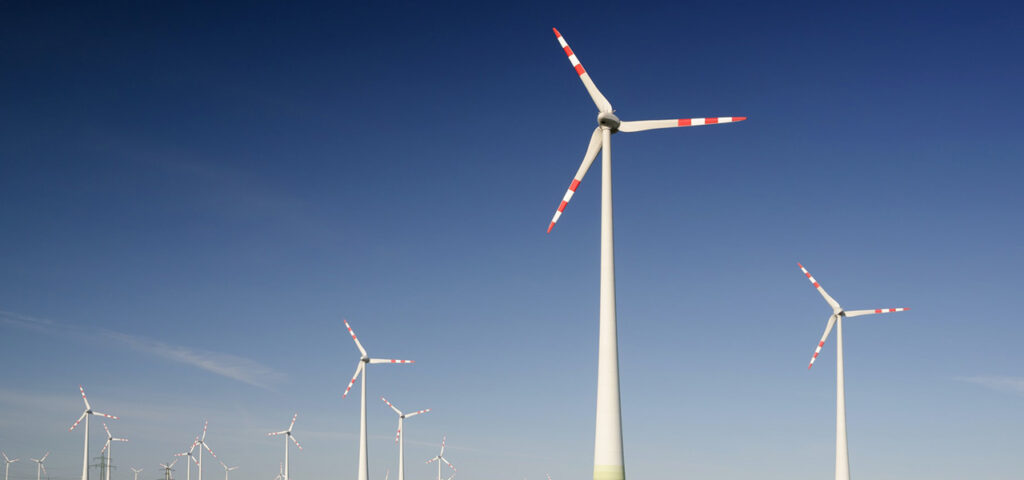Addressing climate change is perhaps the biggest generational task we face and there is a clear opportunity for finance to accelerate the response to it. There are many ways in which the private sector can contribute to this cause, and the use and promotion of renewable energy in its operations has been a major one in recent years.
There are different mechanisms through which a company can claim the use of renewable sources. The most common is to install on-site generation systems. But it is also possible to buy green energy through PPAs, or simply the green attribute with Renewable Energy Certificates, also known as RECs. In this article, we will look into the latter mechanism and, in particular, the one generated by the I-REC Standard.
What are Renewable Energy Certificates (RECs)?
A REC is a type of EAC (Energy Attribute Certificate) that represents the environmental attributes of the generation of 1 MWh of energy produced by renewable sources.
It originated in the 1990s in the United States for both compliance and voluntary markets. Then, in the 2000s, it got its version in Europe with the GOs. In 2014, the I-REC Standard was founded in order to have its own operation in the less developed countries.
How does the I-REC Standard work?
When a light is turned on, it is not known from which source its energy comes from. This is because it’s impossible to follow one physical energy unit flow through the grid. In short, in any energy system we have the source, the grid and the final consumer.
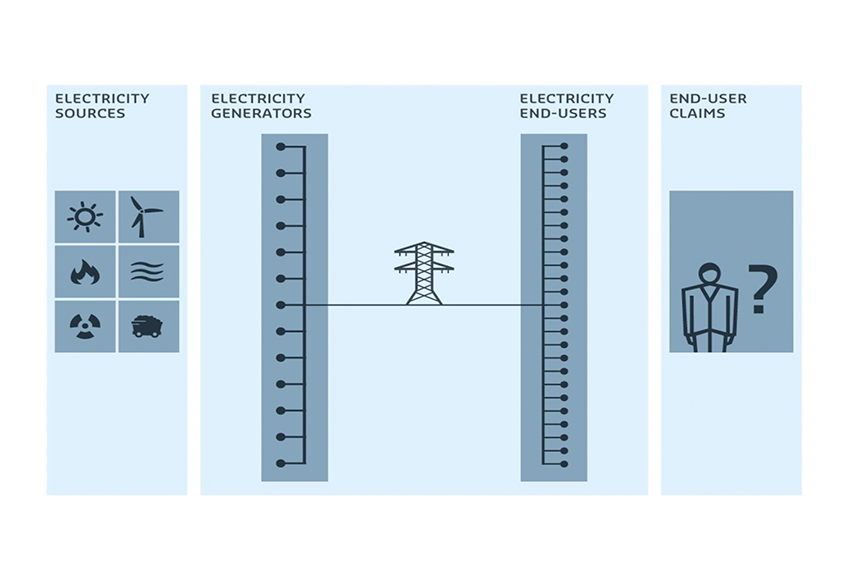
RECs were created in order to claim our renewable part of the energy. Basically, the user continues to consume energy from its distribution grid and, in addition, acquires RECs to be able to say that its source comes from renewable technologies.
A Renewable Energy Certificate (REC) can be issued when one megawatt-hour of electricity is generated and supplied to the grid from an eligible renewable energy resource. RECs are tradable environmental commodities traded separately from wholesale electricity markets.
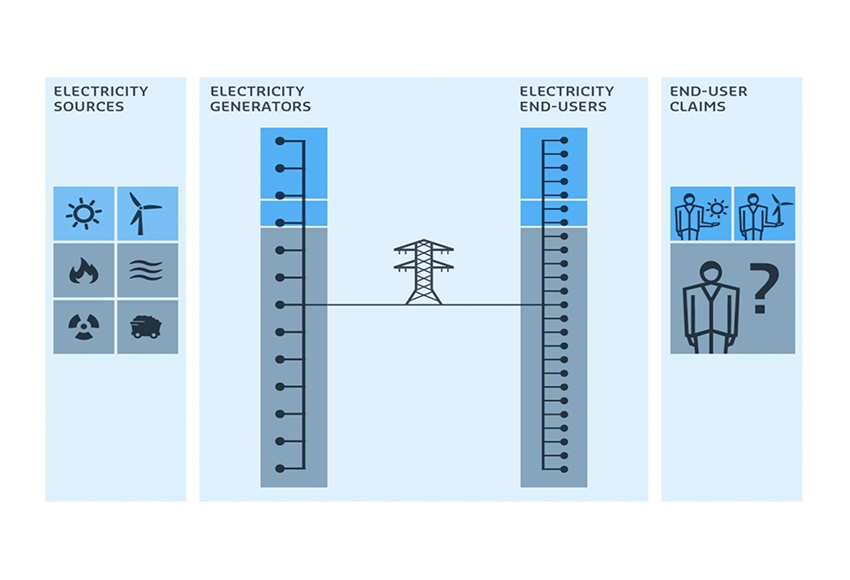
How does the system work?
At its most basic level, the EAC system (Energy Attribute Certificate) works as follows:
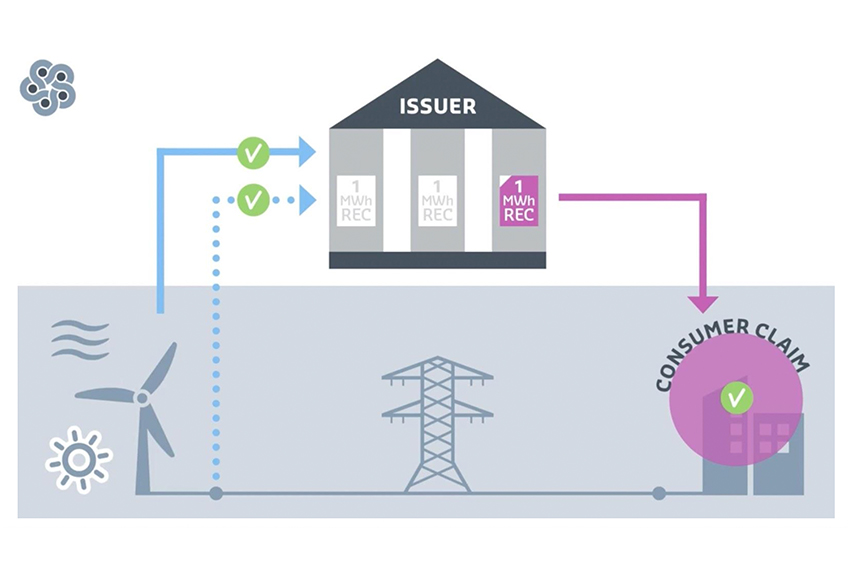
- A producer of (renewable) electricity generates 1 unit of electricity (generally this is 1 megawatt-hour (MWh))
- For each MWh of power they inject into the grid, the producer requests an EAC from the issuer; Issuers of EACs are generally independent organizations that facilitate the market and do not participate in the generation, purchase, sale, or trade of the EACs. So you need the support of a local entity, and it has to be approved by the national government.
- The EAC, which is an electronic certificate, contains attributes and information about the specific unit of electricity such as the technology used to generate the power and where it is located.
- The EAC can be traded between market participants through registries with the ultimate aim of selling it to a consumer (also known as an end-user).
- The end-user consumes the EAC by canceling or redeeming it so that it cannot be used again. Without cancellation, there is a risk that one EAC can be used twice (known as double counting).
- The consumer can then claim to have consumed the unit of power that was represented by the EAC.
- An account is necessary in order to register a plant, to be a trader or to make cancellations. That is why we have to make redemptions on behalf of the customer.
What information does the consumer get by purchasing RECs?
Each MWh of produced electricity has its unique characteristics associated with it, such as:
- Time and date of production.
- Location of the generation device.
- Generation technology (eg. wind turbine, hydropower plant, etc.).
- Age of a production device.
Does buying RECs mean I am using Renewable Energy?
The answer is no. There is no physical traceability of renewable energy from its generation point to end-use consumption in a pooled grid. Transactions of RECs or GOs do not alter this physical reality.
Can the consumer claim that their energy comes from a renewable source?
Yes, according to the Scope 2 guides of the GHG Protocol, you can.
In fact, using EACs, end-users around the world can make reliable claims about their energy usage such as: “my factory runs on 100% renewable energy”, “our products are made with 100% wind energy” and “our global electricity usage causes zero end-of-pipe emissions.” . Without the use of EACs, it would be impossible to make these reliable claims because electricity is not a tangible product that can be boxed and sent from the producer to the consumer.
What is the difference between a Carbon Offset and a REC?
Both of them are environmental commodities used to address Greenhouse Gas Emissions. The difference is that RECs are used to reduce Scope 2 emissions (in the same way as installing solar panels but from a market-based solution), whereas a carbon credit can be used to offset the entire corporate footprint.
Another important aspect is that in the registration of plants for I-REC it is not necessary to demonstrate additionality. Offsets, on the other hand, do. Therefore, the validation and verification process becomes more complex in carbon reduction projects. In both systems, there’s a control from the entity to avoid double counting.
Although these are voluntary mechanisms, it is recommended to acquire I-RECs generated and issued in the same country within which a company has operations and makes use of the green attribute. And that’s another difference compared to carbon credits, for which companies can buy offsets from any project based in any part of the world.
Standards
There are different standards in the world of RECs. The inclination for one or the other is directly related and subject to the location of the plant. To take a few examples, there are the RECs or Green-e in the US, Guarantees of Origin (GOs) in Europe, REGOs in the UK, and I-RECs in the less developed countries.
The I-REC Standard Foundation is a non-profit organization that provides a robust attribute tracking standard for use around the world. This standard requires local stakeholders and government authorities to facilitate national implementation in adherence to local or national regulations. The I-REC Standard ensures that all the RECs issued nationally are done so in adherence to all major international standards including the GHGP, CDP, RE100, ISO and others.
Standards that support the use of I-RECs
This Voluntary participation is often carried out by large organizations that report their electricity usage to third-party sustainability standards (such as CDP, RE100, GHGP, SBTi or others). This is a voluntary form of public information that is not legally mandated but part of an internal expectation regarding their own transparency around their energy use. Generally, it is viewed as a best practice that voluntary disclosures are verified and audited by third parties.
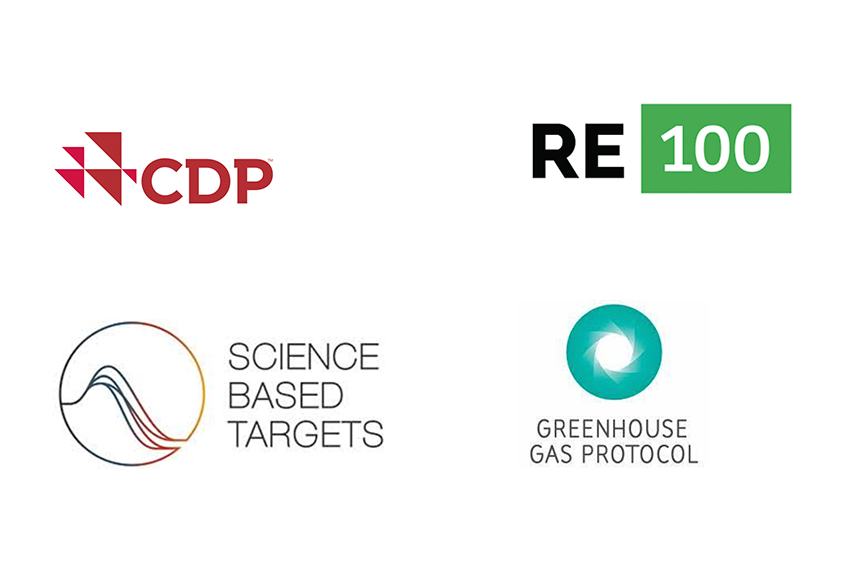
The best-known and most respected one, RE100, is the global corporate renewable energy initiative bringing together hundreds of large and ambitious businesses committed to 100% renewable electricity. This initiative allows companies to operate with renewable energy through I-RECs issued in the same country.
Renewable Energy Certificates are not a substitute for corporate action towards decarbonization but should be used in conjunction with credible climate transition strategies.
At ALLCOT Trading, our mission is to promote additional sustainable impact with every transaction. If you want to know more about I-RECs and also have an extra positive impact on the environment by trading with us, please reach out to Nicolás Bergler (nb@allcot.com), and together we will make it happen.

